
There is an increase in employment in the cultural sector in the European Union, and the gender gap is at its lowest level

- Europe and Arabs
- Friday , 25 August 2023 15:15 PM GMT
Brussels: Europe and the Arabs
In 2022, the cultural sector in the European Union will employ 7.7 million people, representing 3.8% of total employment. Compared to 2021, European figures indicated an increase of 4.5%, from 7.4 million. According to Mancher, the European Statistical Office in Brussels, Eurostat, he pointed to an increase in the percentage of workers in the cultural sector in 19 member states of the European Union, while it decreased in the other eight countries.
The most significant increases were recorded in Cyprus (+21.5%), Luxembourg (+14.5%), Ireland (+14.0%) and Sweden. (+11.9%) and the Netherlands (+10.5%). Meanwhile, the most significant declines were recorded in Bulgaria (-7.7%), the Czech Republic (-7.3%), Croatia (-6.3%), Estonia (-5.3%) and Latvia (-2.5%).
In the 2019-2022 time frame, we see different patterns in annual rates of change over the years. The most significant increases in annual rates of change in cultural employment were observed in Cyprus, which increased from -5.7% in 2019-2020 to +21.5% in 2021-2022, Luxembourg (-15.1% to +14.5%) and Ireland (-3.0% to +14.0%). %). The largest declines were recorded in the Czech Republic, which fell from +5.3% in 2019-20 to -7.3% in 2021-2022, Croatia (+6.3% to -6.3%) and Bulgaria (+4.1% to -7.7%).
France, Lithuania and Portugal were the only EU countries to see an increase in employment in the cultural sector between 2019-2020 and 2021-2022. On the other hand, Estonia is the only country in the European Union that experienced a decline over the two periods.
The gender gap in cultural employment will reach its lowest point in 2022
Since 2013, the number of women working in cultural jobs has been increasing across the European Union, except in 2020. In 2022, the cultural sector has the smallest ever gender employment gap with a difference of just 1.6 percentage points, corresponding to 3.93 million men and women. 3.80 million women (50.8% and 49.2%) work in this sector.
The picture varied somewhat among the members of the European Union, where women exceeded the share of men working in the cultural sector in 14 countries. Significant differences in women's shares in cultural employment were recorded in Latvia (26.3 percentage points between women and men), Lithuania (25.7 percentage points), Cyprus (17.1 percentage points), Bulgaria (13.6 percentage points) and Luxembourg (13.3 percentage points). ).
On the other hand, the countries with the highest employment gender gap in the cultural sector are Malta (21.6 percentage points between the share of men and women), Spain (9.5 percentage points), Ireland and Italy (about 8.5 percentage points).




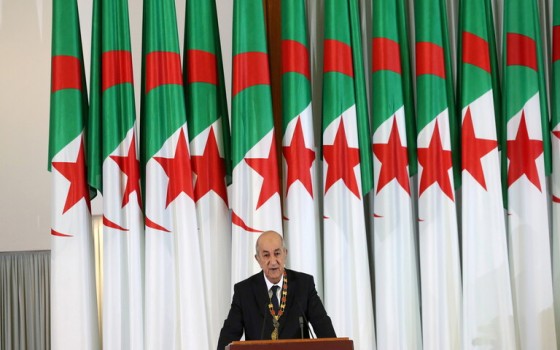
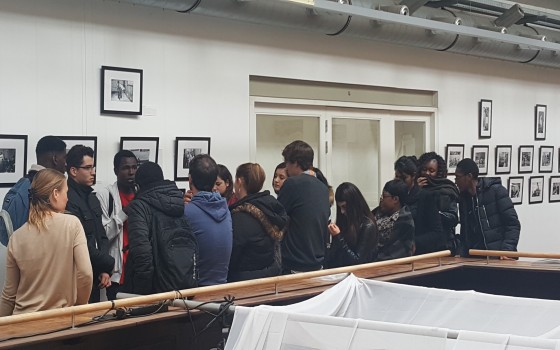
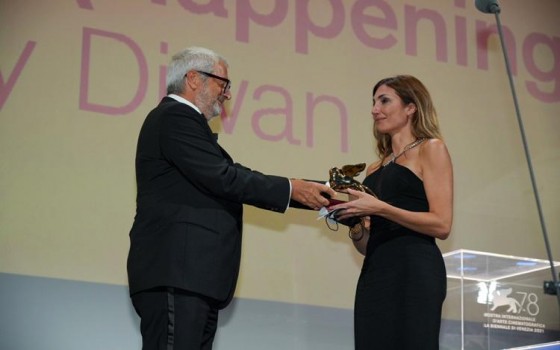

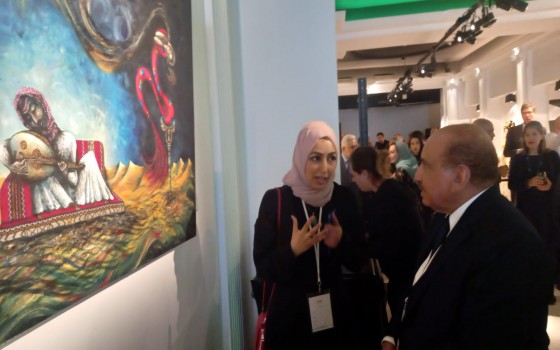


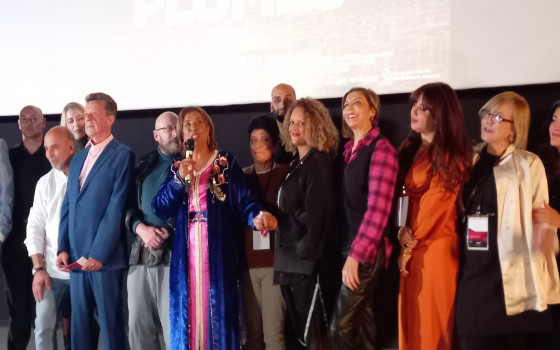
No Comments Found